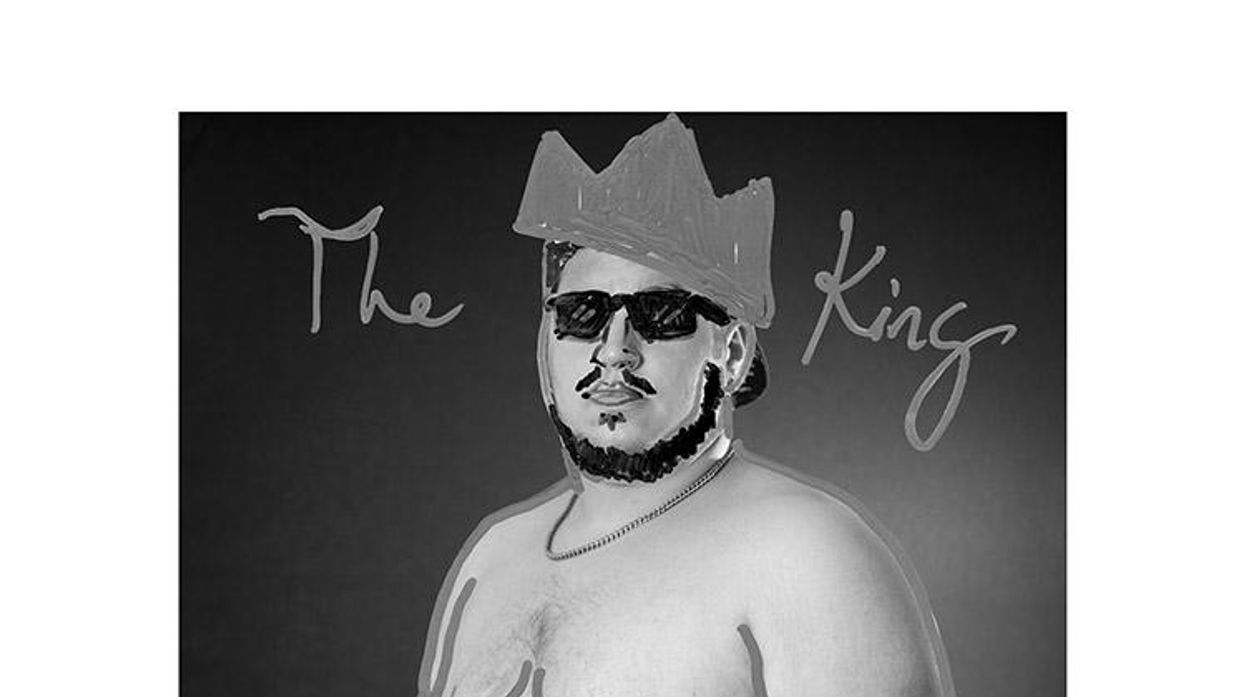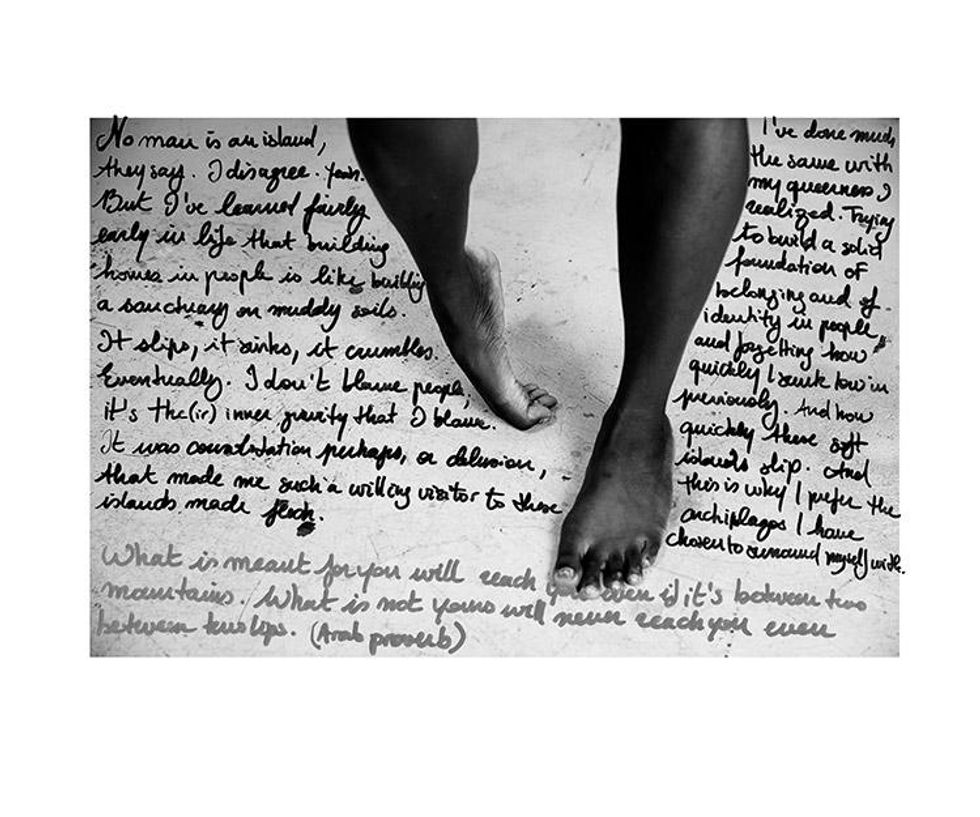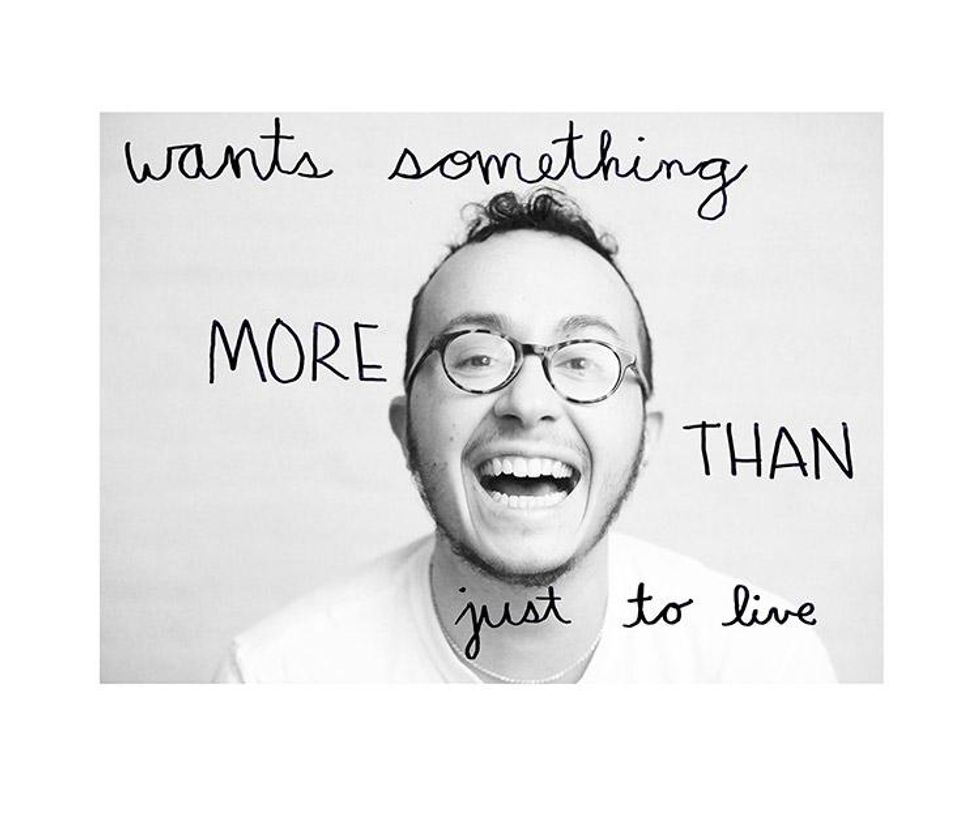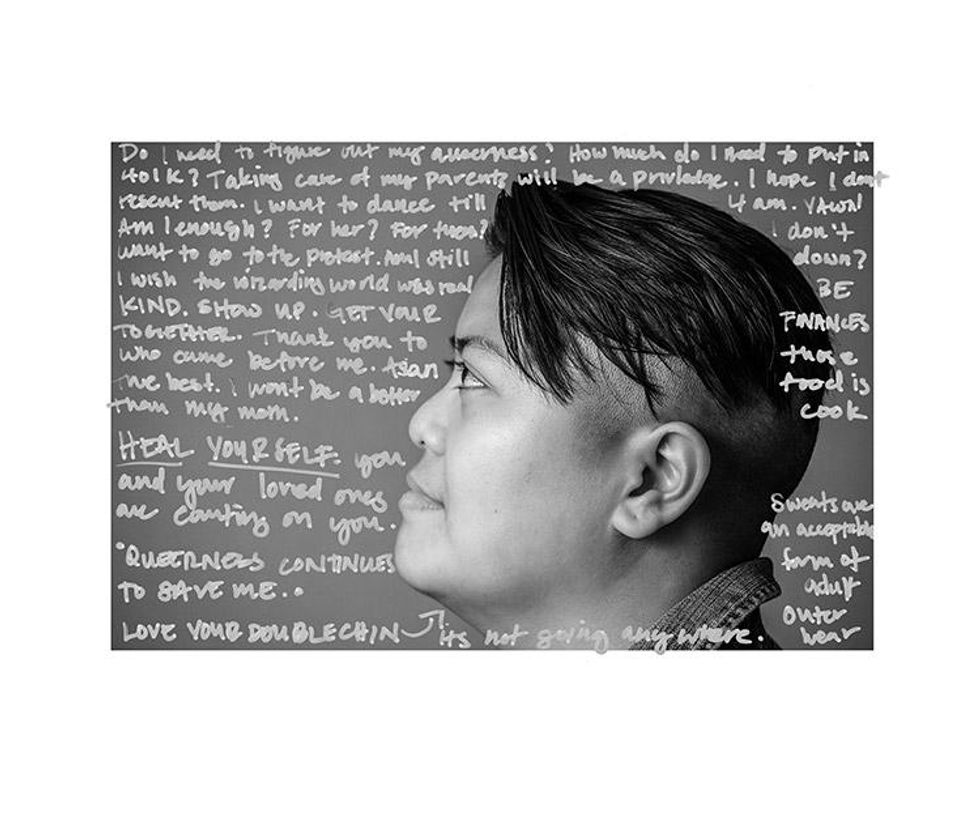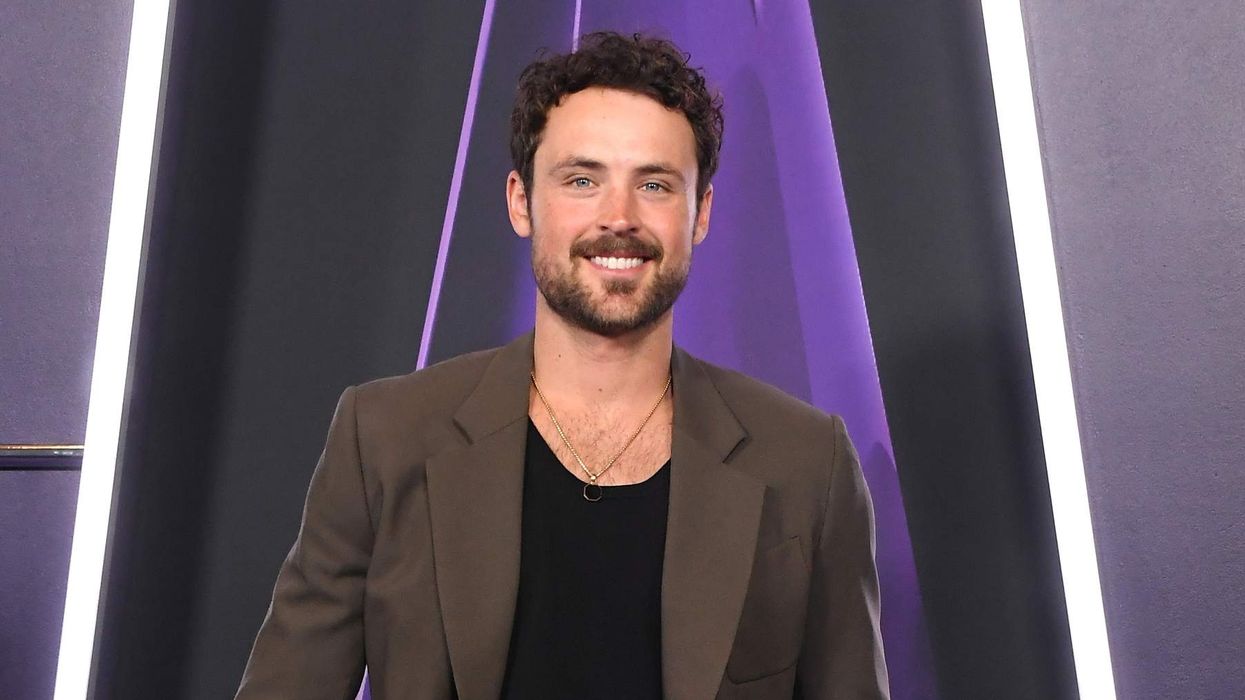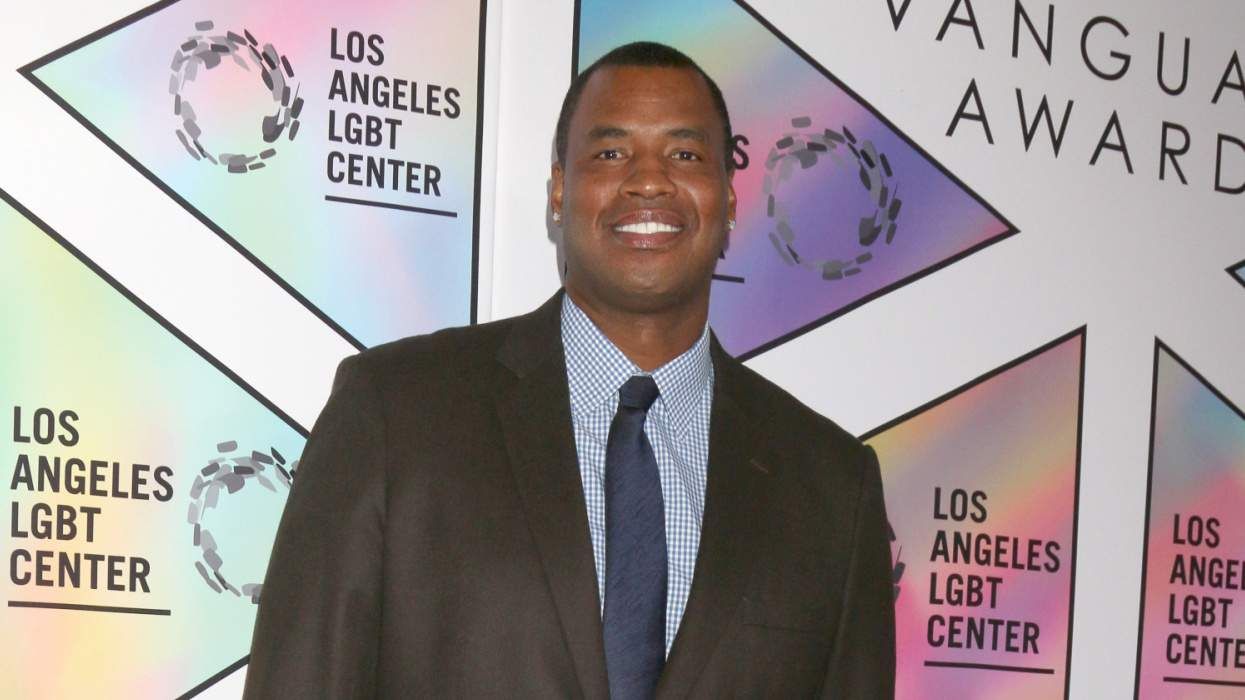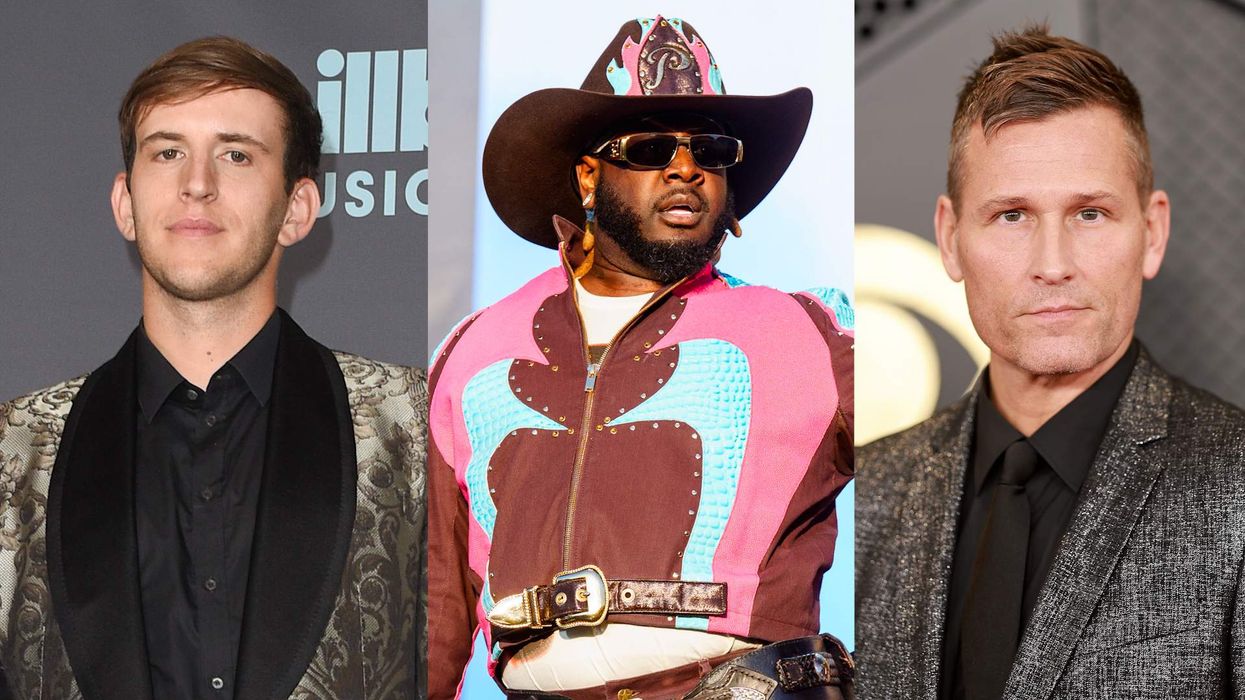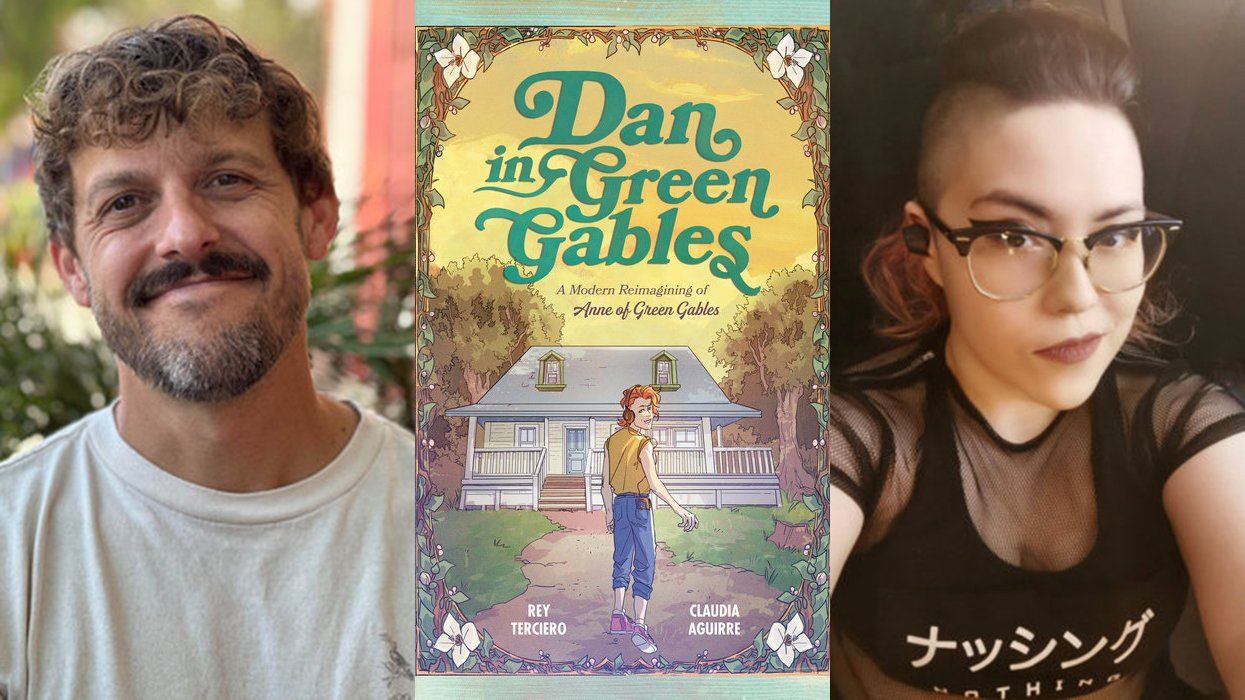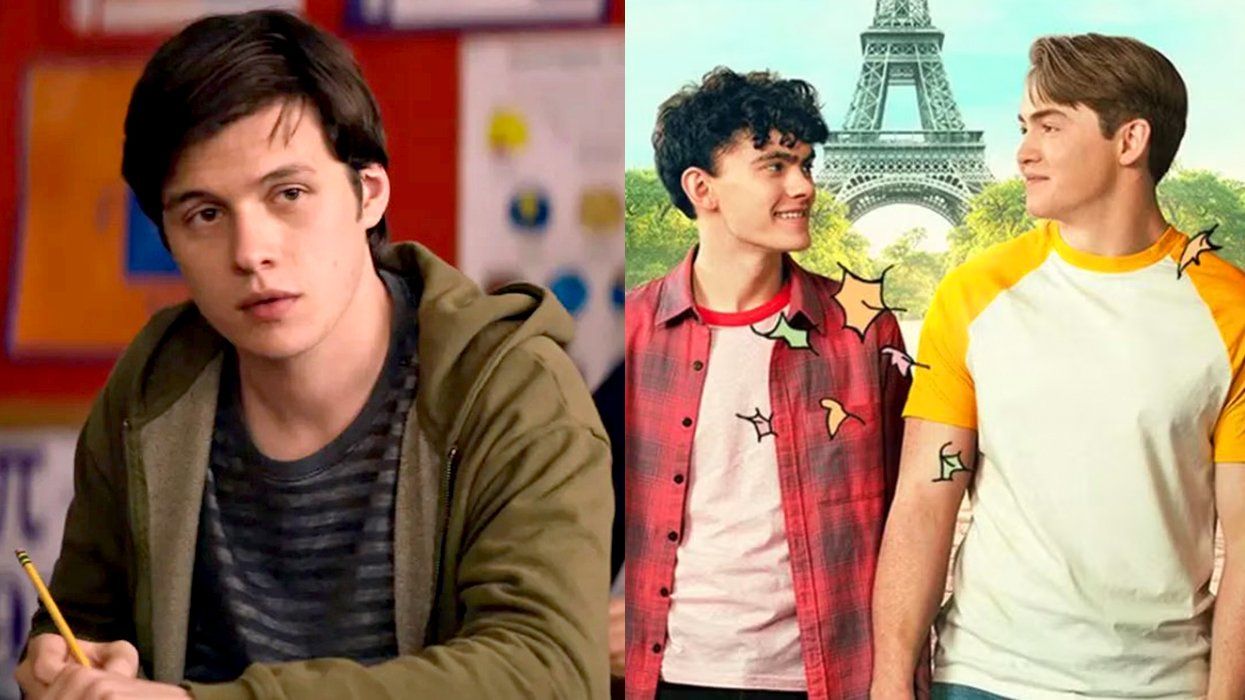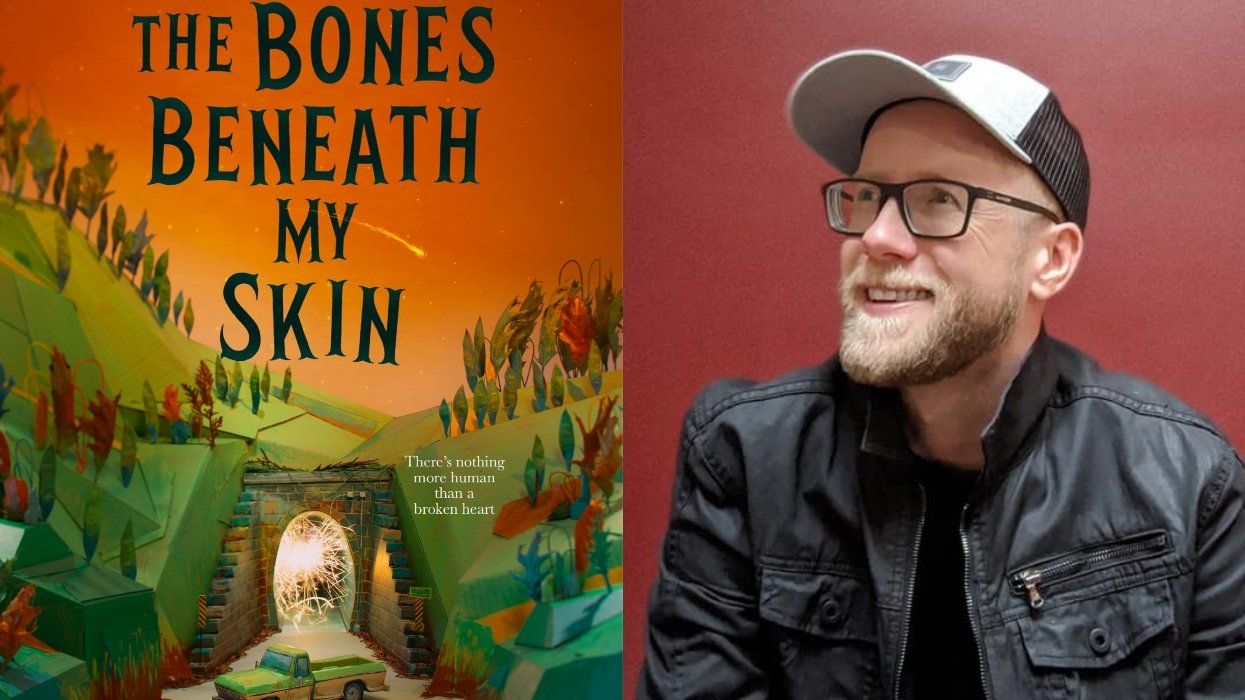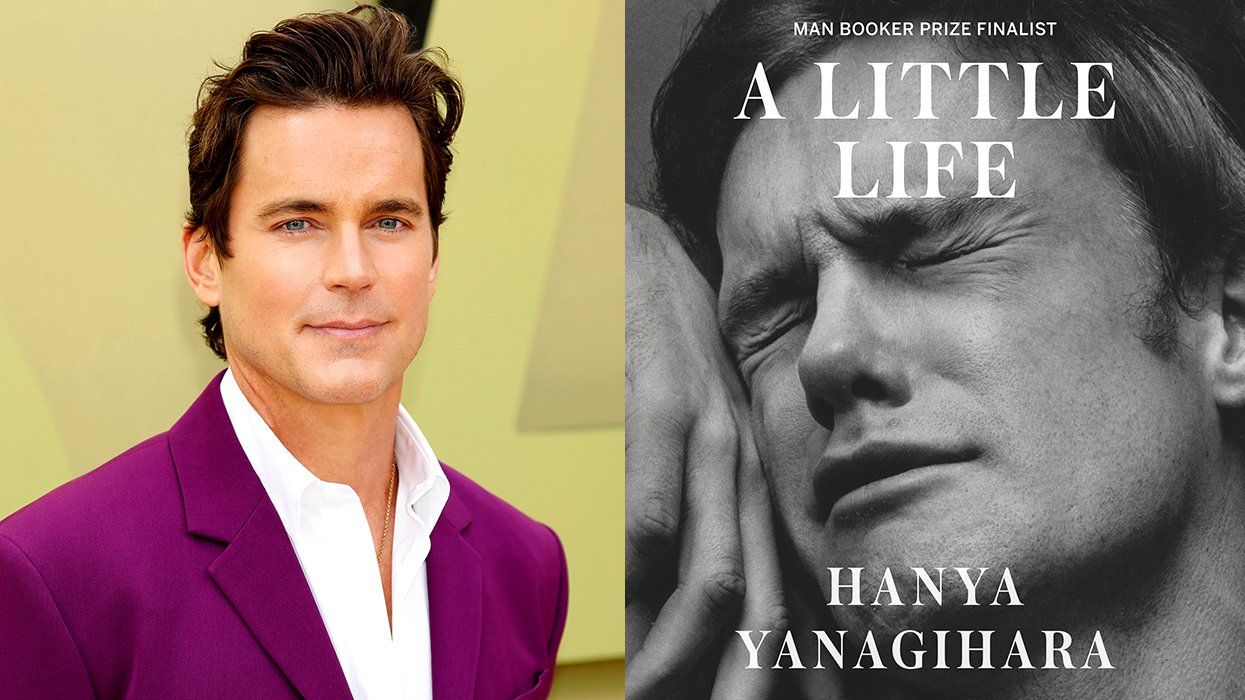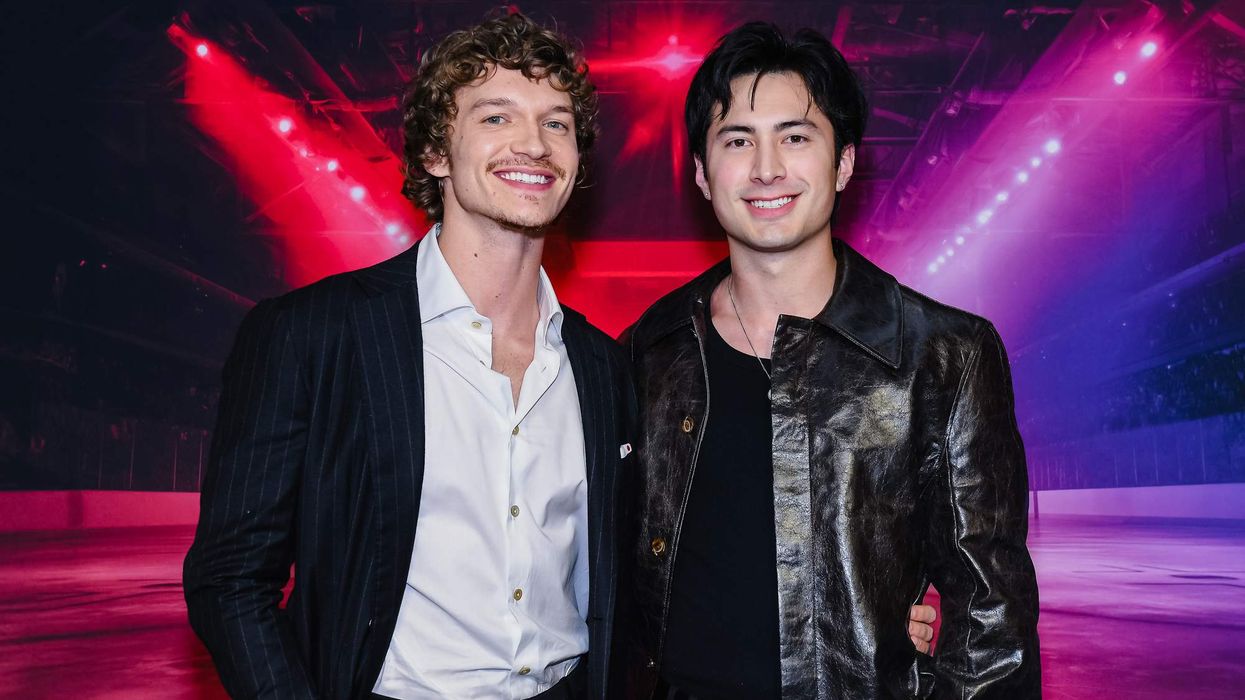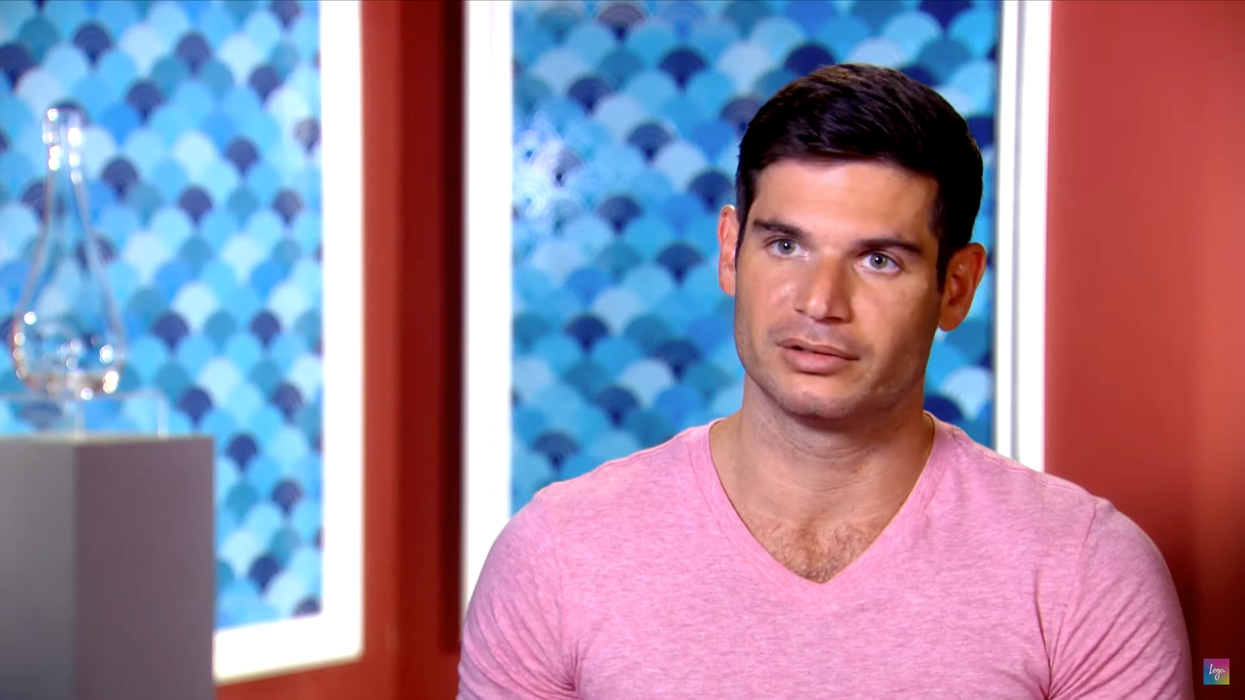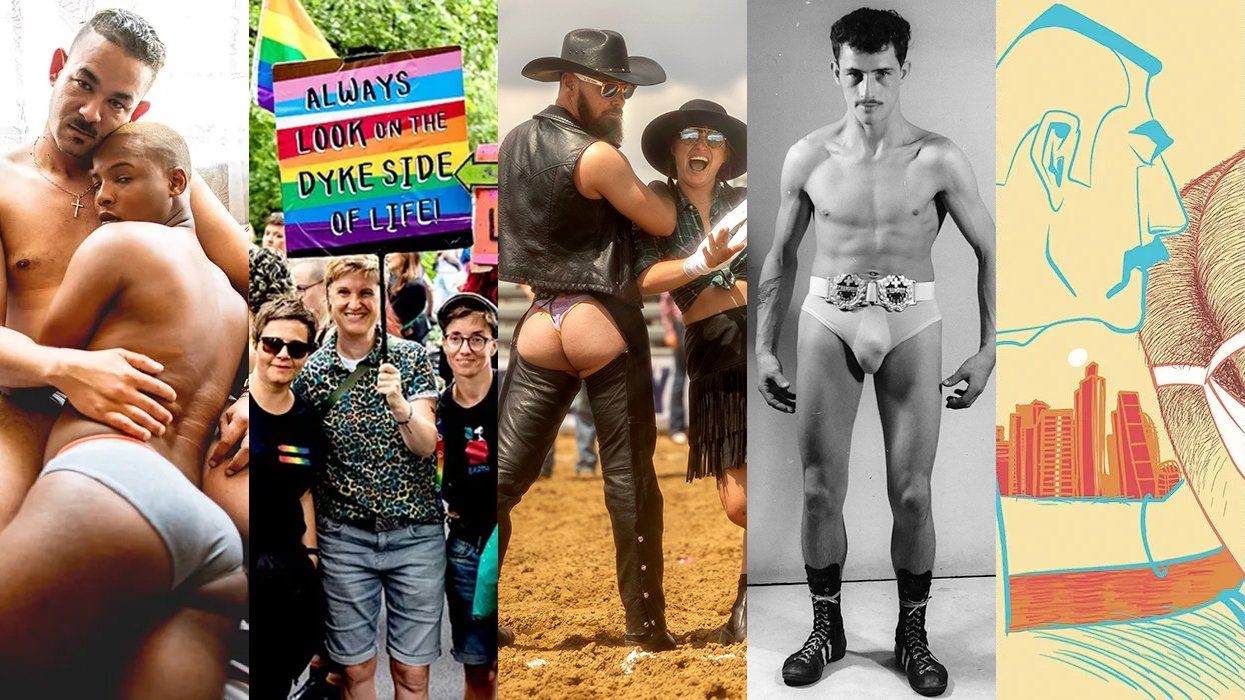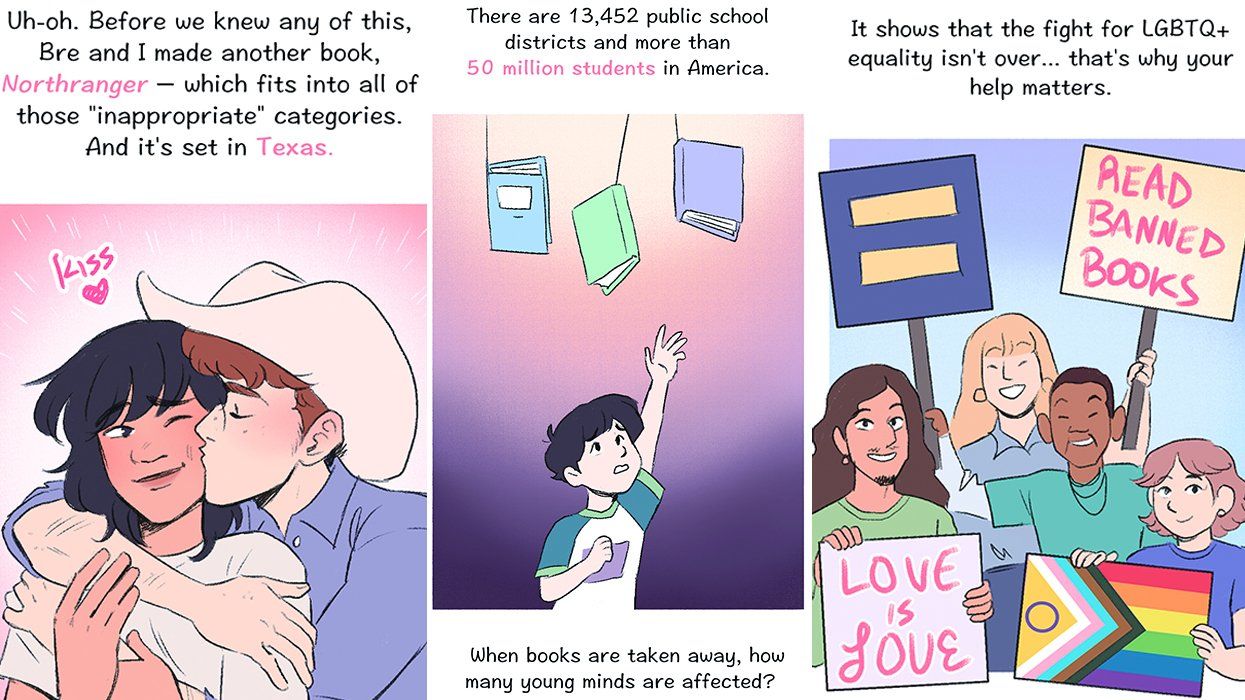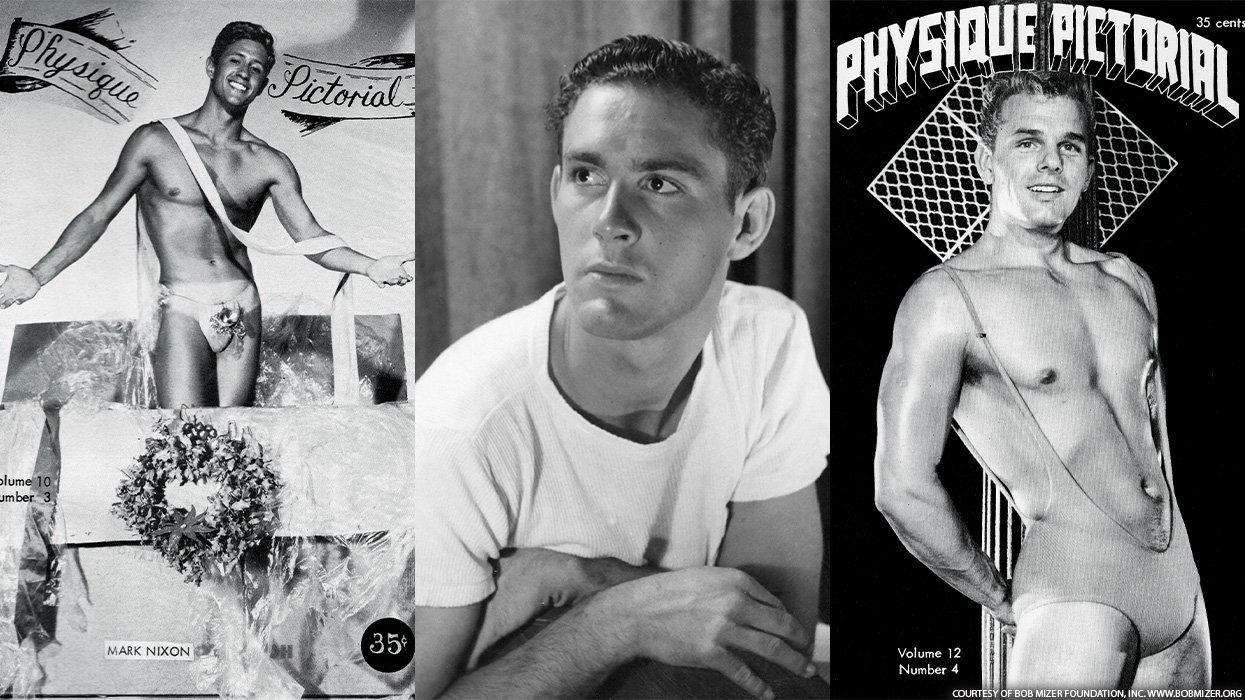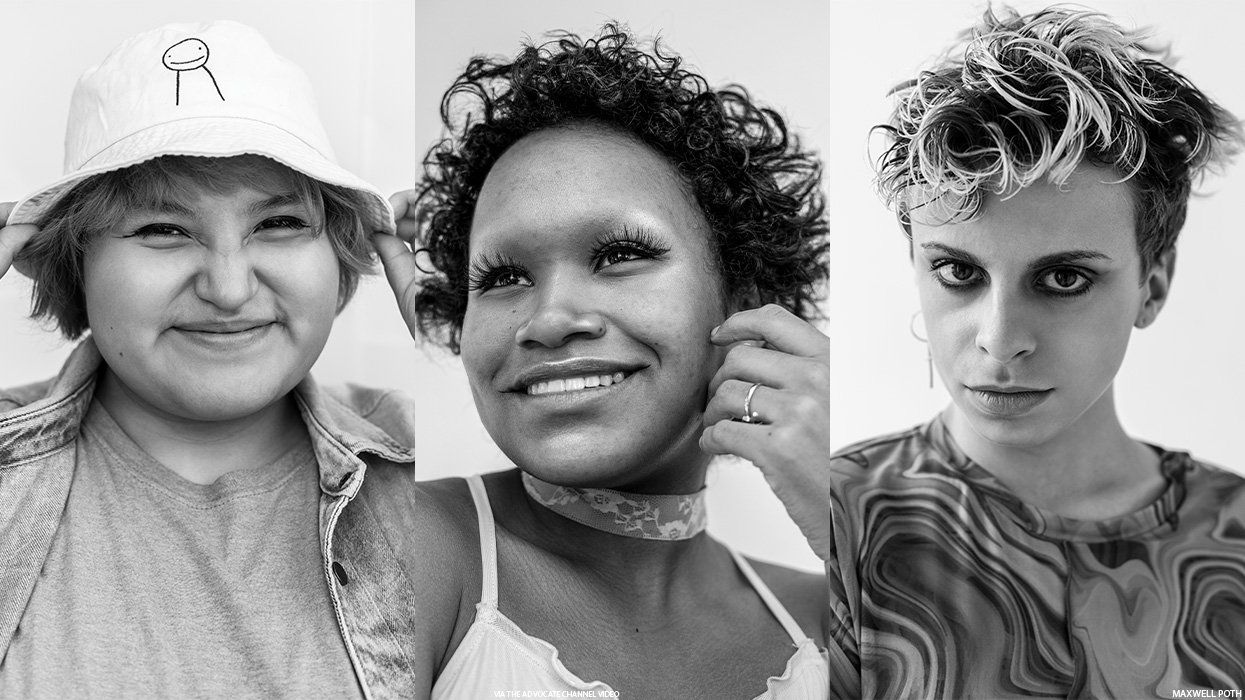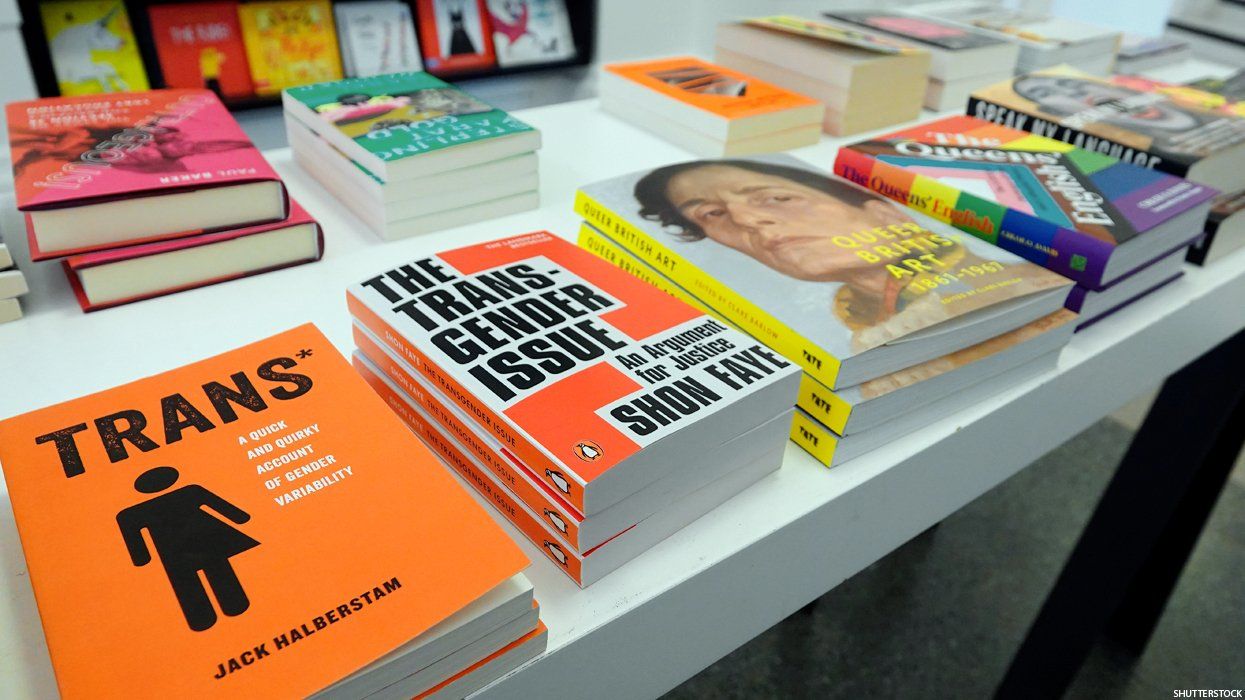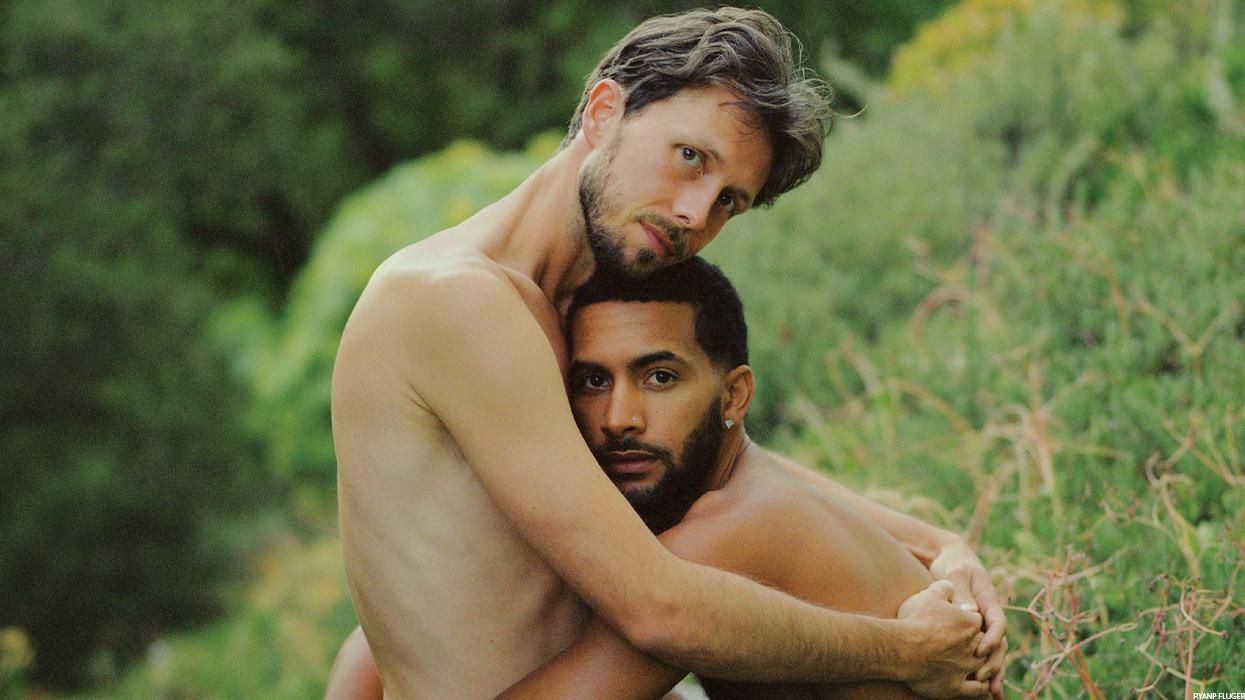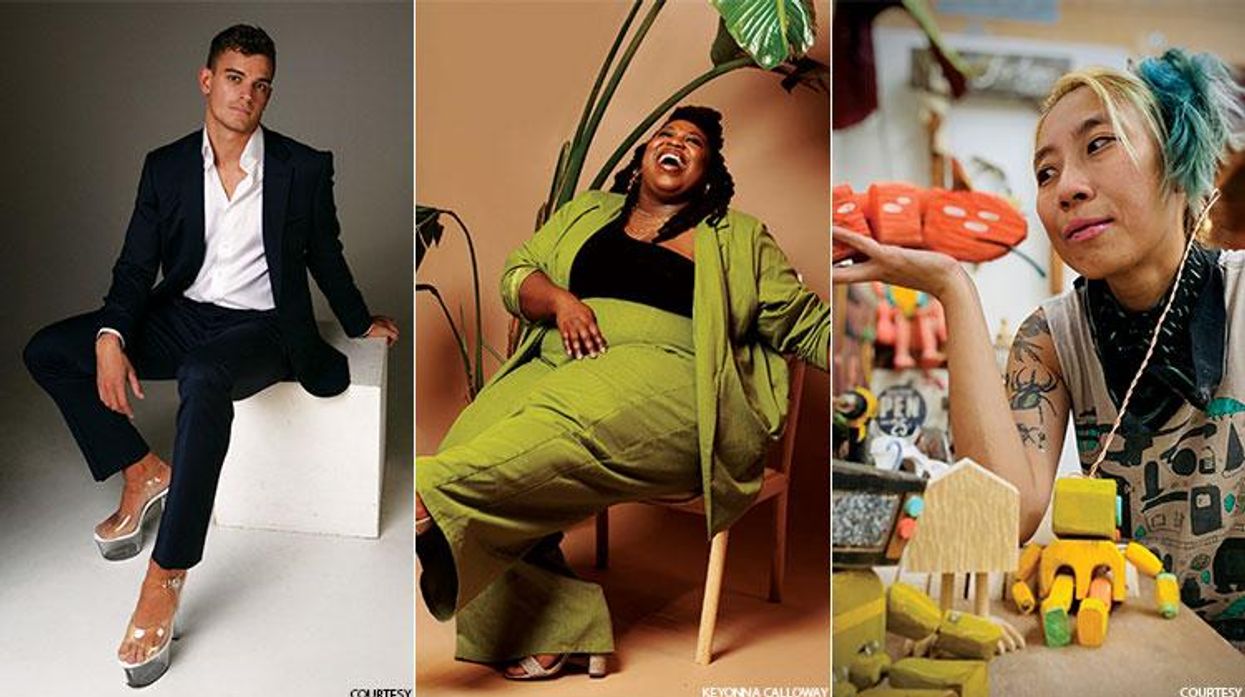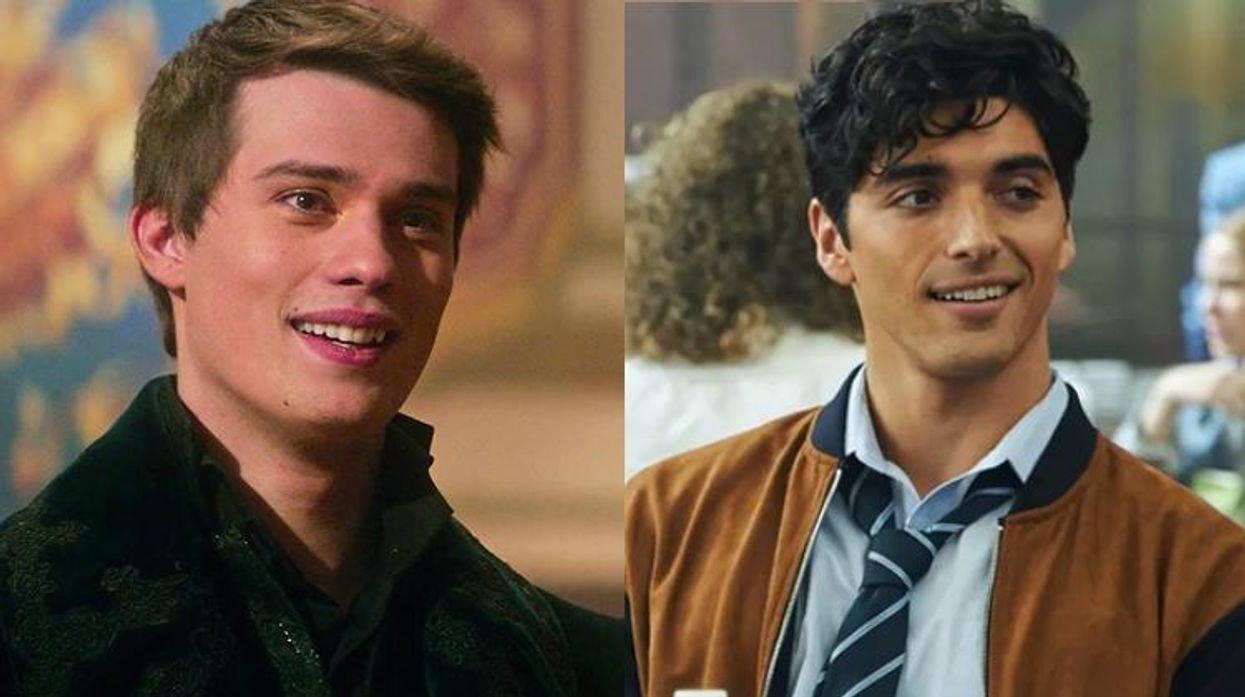At its worst, photojournalism can feel extractive. Consider the standard trope: an image of someone suffering. The person depicted is anonymous, afflicted, and mute, with no say in their representation.
Fid Thompson, a photographer (as well as a writer, researcher, and filmmaker) worked for 12 years in West Africa, and knows this set of issues intimately.
"You go and photograph someone suffering or in a marginalized situation," Thompson says, "[but] would you be OK [if] photographed in that situation?"
What, Thompson's practice seems to ask, is the opposite of extraction? The answer: consent. Full-bodied, enthusiastic consent. The kind of consent that feels collaborative and transformative for all involved: a celebration.
This language and practice, ordinarily applied to sex, can also be applied to portraiture -- vulnerability, intimacy, and a desire for shared knowledge being some of the major through
lines.
When Thompson returned to Washington, D.C., from Africa, after living abroad for 12 years, she found a queer community that felt, in her words, like "magic." Part of that magic was an embodiment of in-betweenness and exploration at the level of self-representation.
In 2015, Thompson set out to make images that celebrate queer community. Her goal: to subvert traditional power dynamics between a photographer and the person being photographed. The resulting series of images, "Queer Enough," started as a project among close friends, but expanded by word of mouth to include 25 subjects.
The process of creating these images was as integral to the project as the final portraits themselves. Studio sessions lasted three hours. Thompson's intention, throughout, was to create a safe, intimate space grounded in dialogue. "It was not like I owned the image or was the expert," Thompson says. "Maybe I was a bit more the expert in terms of how to use a camera, but it really was this gorgeous, cocoon-like, unique experience with each person."
At first, in the dark space of the studio, Thompson wouldn't take out her camera. Instead, she'd lead with questions: "How do you feel about being photographed? Are you a ham? Are you excited about this, or are you deeply worried?"
Then she would transition into questions that centered on the way each subject felt in their body. "I asked what they love: 'Is there, at this moment in time, part of yourself that you feel pretty good about?'
"When I begin the shoot, I'm basically like: This is a space for play and for trying things out. There are literally no wrongs."
Thompson also found it powerful to use breathing exercises. "I wanted people to be inhabiting their bodies. I didn't want a reaction to the lens, but rather something bubbling up from inside. So I'd have people close their eyes and loosen their muscles. I'd do it all with them, because I was also nervous."
A last guiding question she posed: "From where do you find your strength?"
"A lot of people I photographed have bodies that are not safe in public or private, or are not endorsed or protected in the same way that straight bodies are," Thompson says. "It was a question of: You wake up every day with an immense struggle, as everyone does. Just focus on that for a minute, and then find the place where you draw strength from to fucking get through the day, and do your thing."
Strength, in Thompson's framing, is universal. "Everyone has it. Everyone's got that place of strength. And so we'd locate that and then I'd say, 'When you're ready open your eyes and we'll shoot it.' And we did.
The entire process was collaborative; subjects were able to select their favorite images for the final product. Then, in groups of seven, Thompson led her subjects through workshops in which they added a layer of handwritten words onto their own image, further developing the ways they wanted to be seen. (A graduate of the Iowa Writers Workshop, Thompson is comfortable and proficient in the realm of the written word.) Thompson used writing prompts derived from the questions in Bhanu Kapil Rider's Vertical Interrogation of Strangers.
The resulting images subvert the gaze, and showcase one slice of the queer community in D.C. The collaborative process empowers those who are represented to have ownership of the way their story is told, a queering of conventional photojournalism.


